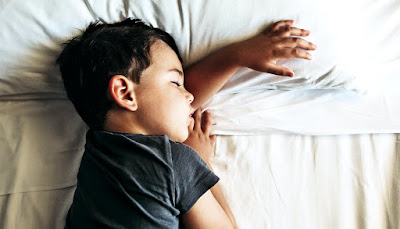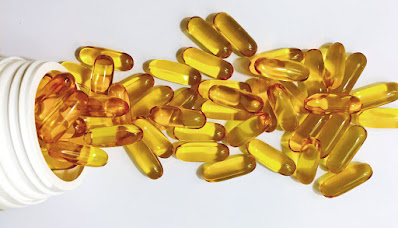BEDROOM AIR FILTERS EASE BREATHING FOR KIDS WITH ASTHMA
Using a bed room air filter that catches fine bits of pollution can significantly improve taking a breath in asthmatic children, a brand-new study shows.
The study recommends that with consistent use, the filterings system may help prevent, not simply reduce, asthmatic flare-ups.
Scientists say this is the first study to document that physical improvements occur in the air passages of children when homes have air filterings system.
While using the filterings system everyday for 2 weeks, children in the study skilled reduced air passage resistance and lung swelling and enhanced air passage flexibility, to name a few benefits.
bermain casino dengan smartphone
"Pharmaceutical companies have invested large total up to develop medications that can work on lower air passages, but they are very expensive," says Junfeng Zhang, teacher of global and ecological health and wellness at Fight it out University's Nicholas Institution of the Environment.
"Our outcomes show that using an air cleanser to decrease the direct exposure of lower air passages to contaminants could help asthmatic children take a breath easier without those expensive medications. This requires a medical test to verify searchings for."
AIR FILTERS VS. BEDROOM POLLUTION
Fine particle issue (PM2.5) is a common air pollutant coming from from fossil fuel emissions, wildfires, and various other biomass shedding, commercial resources, and gasoline- and diesel-powered vehicles.
Thirty times smaller sized in size compared to a human hair, the bits are easily inhaled and can penetrate deep right into the small, or lower, air passages where they can trigger or exacerbate bronchial asthma signs. Inhalers do not help, since they are just designed to open up top air passages.
Scientists conducted the double-blind crossover study in a Shanghai suburban area throughout a duration of reasonably high PM2.5 pollution in 2017. They gave 43 children with mild to moderate bronchial asthma 2 air filterings system to use in their bed rooms. One was a high-efficiency particle air (HEPA) filter qualified of removing PM2.5; the various other was a sham filter.
Families used each filter for 2 weeks in arbitrary purchase with a two-week period between. Neither the children neither their families understood which filter was which.
Outcomes revealed that PM2.5 concentrations inside the children's bed rooms were a 3rd to two-thirds lower when the real air filterings system remained in use compared to when the sham ones were being used, says Michael H. Bergin, teacher of civil and ecological design at Duke's University's Pratt Institution of Design.
This drop coincided with considerable improvements in how easily air streamed in and from the children's small air passages and lungs, Bergin says. These improvements consisted of a 24% average decrease in total air passage resistance, a 43.5% average decrease in small air passage resistance, a 73.1% average increase in air passage flexibility, and a 27.6% average decrease in exhaled nitric oxide, a biomarker of lung swelling.



